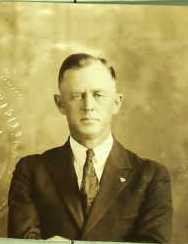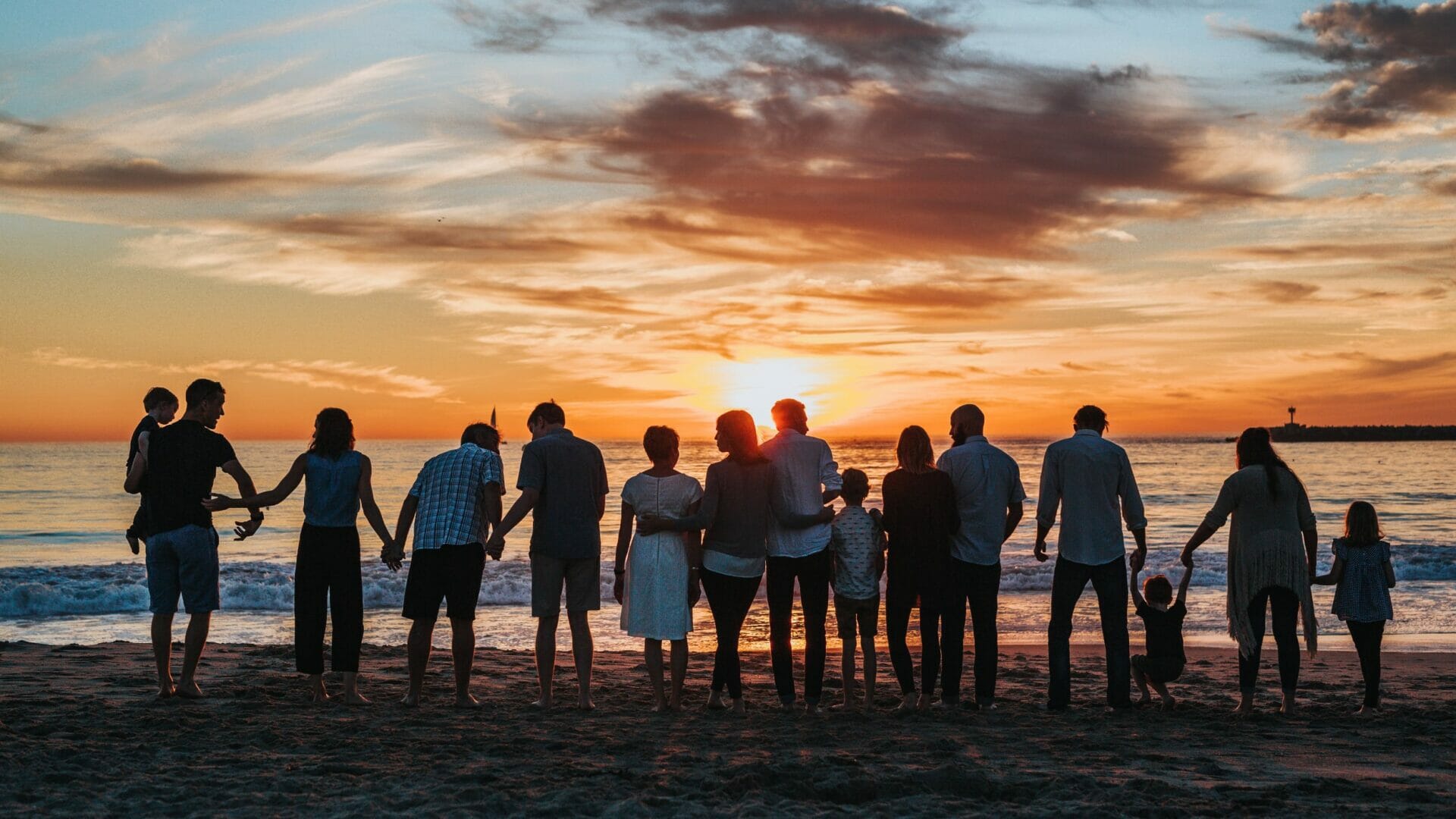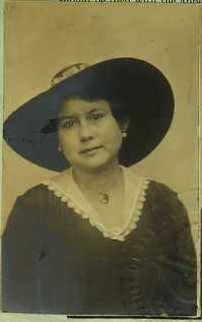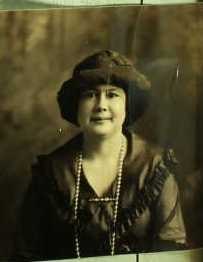-
Place of Birth
Albert Lea, Minnesota
-
Place of Death
Ann Arbor, Michigan
John Geronald Claybourn was born on 23 May 1886, in Albert Lea, Minnesota. He graduated from high school in Albert Lea and then attended the College of Engineering at the University of Minnesota for three years. He was a civil engineer who rose in the service of the Panama Canal to become superintendent of the Dredging Division, a position he held from 1921 until his retirement in 1948. During his career on the canal and after his retirement, Claybourn was involved as a consultant in river and harbor improvement projects in several countries, primarily in Latin America.
John attended the University of Minnesota, but did not graduate. From 1910 to 1914, John served as rodman, levelman, and transitman of the Engineering Corps of the Isthmian Canal Commission. At the Panama Canal he followed in the footsteps of his uncle Ephraim Claybourn and cousin Vern Claybourn, making work there a family business of sorts.
During this time he married (1st) Regina Flores, a native of Columbia, on 26 March 1913.1Regina Flores was born on 23 November 1890 in Bogata, Colombia. Through her marriage Regina became a U.S. citizen. They sailed from the Canal Zone to New York together in June 1914, April 1916, January 1921, and December 1925. They divorced in about 1927 and that same year they sailed to Los Angeles separately — he arrived in May and she arrived in November.2In February 1929 Regina sailed alone from Chile to New York and in February 1930 she sailed alone from Havana to New York.
John married (2nd) Elsie Kathryn Grieser on 1 September 1928, a stenographer on the canal.3Elsie Grieser was born on 30 January 1896 in Whitestone, Queens County, New York. She sailed from the Canal Zone to New York in October 1923. In August 1926 she arrived from the Canal Zone to New York, then immediately sailed to Cherbourg, then London, listing her occupation as stenographer and photographer. Elsie had attained a measure of celebrity in her youth as a long-distance swimmer and canoeist. During their marriage they made several trips together from the Canal Zone to Los Angeles and New York.4John and Elsie sailed from the Canal Zone to New York in September 1930 and October 1935. They sailed from the Canal Zone to Los Angeles in October 1936, then from the Canal Zone to New York in September 1939. They were living in the Canal Zone as of the 1940 census.
John served with the dredging division of the Panama Canal beginning in 1914. He was then promoted to junior engineer (1917-1918), assistant engineer (1919-1920), and finally superintendent of the division (1921-1948). As superintendent of the Dredging Division, John’s activities included supervising maintenance work on the canal, particularly the clearing of landslides, acquisition and maintenance of dredging equipment, construction of the town of Gamboa, and planning for improvements to the canal. The chief improvements promoted by him were a 1930s plan to add a third set of locks, and a 1940s plan to replace the canal with a parallel sea-level canal.
On 30 July 1923, two years after taking the role of superintendent of the Dredging Division, Claybourn wrote a memo to Jay Johnson Morrow, Governor of the Panama Canal Zone, recommending that the Dredging Division shops be moved from Paraiso to Gamboa for two reasons: “First, as a safeguard in case of obstruction of the Cut by slides, the logical location being between any possible dredging and the dumps at Gatun Lake; second, increased Canal traffic, as well as the size of ships, introduces a serious menace to our fleet when moored in the comparatively narrow confines of the Cut at Paraiso.” Three months later his concerns were validated when the USS O-5 (SS-66) entered Limon Bay, preparatory to transiting the Panama Canal, and was rammed by the United Fruit Company steamer Abangarez and sank in less than a minute. Three men died; 16 others escaped.
In 1924, Claybourn created the original design and layout for a new town in Gamboa, Panama, including new facilities to house the canal’s dredging division. After twelve years of lobbying Panama Canal governors to move the division from Paraiso, Panama Province to Gamboa, Claybourn’s suggestion was finally accepted by the Panama Canal Company in 1934. It moved its Dredging Division from the town of Paraiso to Gamboa in 1936.
Claybourn served as President of the Gamboa Civic Council from 1937 to 1948 and President of the Gamboa Golf and Country Club in 1937, which is now the site of the Gamboa Rainforest Resort. According to his successor Charles W. Hummer Jr., “He was known as John ‘God’ Claybourn by his employees. In designing the layout of the town he made it so that he could ravel [sic] from his residence to his headquarters without STOP signs. He played a key role in the design and materials selection for the residences.” In 1933, when a three-man board appointed by Canal Zone Governor J.L. Schley studied the feasibility of moving the Dredging Division to Gamboa, the population was 251, including just 10 Americans. The first Dredging Division families began moving into the newly built town of Gamboa in September 1936. Within a year, the town’s population jumped to 1,419 and by 1942, the town reached its peak population of 3,853. To this day Gamboa remains the primary headquarters of the Dredging Division of the Panama Canal Authority.
While working on the canal, John also worked as a consultant on a variety of river and harbor improvement projects in the surrounding countries, beginning in 1917 when he began work on the Dique de Cartagena, a ship canal in Colombia. By the time of his retirement in 1948, he had consulted on projects in Colombia, Costa Rica, Ecuador, Florida, and Panama. In the 1920s John also moonlighted on various private dredging projects, including, among others, the mining of the Panama Gold Dredging Company.
John authored several books in his lifetime, including “Dredging on the Panama Canal” (1931), “The Dredging Division of the Panama Canal. Its Function, Organization and Equipment” (1937), “Evolution of the Panama Canal” (1944), “Streamlining the Panama Canal for Maximum Safety and Unlimited Capacity” (1946), and “Suggested Methods and Equipment, Dredging and Mining for Converting the Present Lock Type Canal to Sea Level” (1947). John’s papers are part of a collection at the Bentley Historical Library at the University of Michigan. These papers include those relating to the maintenance and development of the Panama Canal and dredging problems in Burma, Colombia, and other Latin American countries. The papers also include a scrapbook relating to the Spanish-American War and photographs.
After his retirement from the Panama Canal in 1948, John continued to be active professionally, taking on consulting positions in Burma, Colombia, Guatemala, Panama, and Venezuela. His most important project was probably in Burma, where from 1951 to 1953 he worked to rebuild the transportation network on the Irrawaddy River that had been destroyed during World War II, and developed the Dalla Dockyards area near Rangoon.
On completion of his work in Burma, John and Elsie moved to Ann Arbor, Michigan, in order to live near her brother. John spent the rest of his life there and carried on an active correspondence with colleagues from his years on the Panama Canal. “Who’s Who in America 1958-59” provides additional information on John and his career. It notes that he was a Republican, Baptist, and Mason (including Knight Templars and Shriners). John died on 26 June 1967. Elsie died on 29 May 1983 in Alexandria, Virginia.
Footnotes
- 1Regina Flores was born on 23 November 1890 in Bogata, Colombia.
- 2In February 1929 Regina sailed alone from Chile to New York and in February 1930 she sailed alone from Havana to New York.
- 3Elsie Grieser was born on 30 January 1896 in Whitestone, Queens County, New York. She sailed from the Canal Zone to New York in October 1923. In August 1926 she arrived from the Canal Zone to New York, then immediately sailed to Cherbourg, then London, listing her occupation as stenographer and photographer.
- 4John and Elsie sailed from the Canal Zone to New York in September 1930 and October 1935. They sailed from the Canal Zone to Los Angeles in October 1936, then from the Canal Zone to New York in September 1939.
John Geronald Claybourn
(1886 - 1967)




